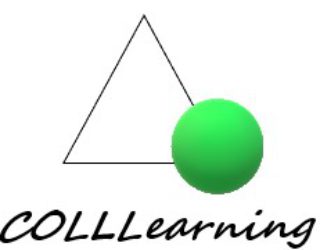ALSTON, Philip, Extreme poverty and human rights, New York: United Nations, General Assembly, Report of the Special Rapporteur on extreme poverty and human rights, A/70/274, distributed on 4 August 2015, pp. 23. Cf.: [Full text: “.PDF”] [Focused on confusing, incoherent, counterproductive and unsustainable approaches to human rights taken by the World Bank]
https://digitallibrary.un.org/ record/801958?ln=fr [PDF: English, Español, Français… ]
Summary
The present report begins with an analysis of the confusing approaches to human rights taken by the World Bank in its legal policy, public relations, policy analysis, operations and safeguards. The Special Rapporteur then seeks to explain why the Bank has historically been averse to acknowledging and taking account of human rights, argues that the Bank needs a new approach and explores what differences that might make.
The Special Rapporteur concludes that the existing approach taken by the Bank to human rights is incoherent, counterproductive and unsustainable. For most purposes, the World Bank is a human rights-free zone. In its operational policies, in particular, it treats human rights more like an infectious disease than universal values and obligations. The biggest single obstacle to moving towards an appropriate approach is the anachronistic and inconsistent interpretation of the “political prohibition” contained in its Articles of Agreement. As a result, the Bank is unable to engage meaningfully with the international human rights framework, or to assist its member countries in complying with their own human rights obligations. That inhibits its ability to take adequate account of the social and political economy aspects of its work within countries and contradicts and undermines the consistent recognition by the international community of the integral relationship between human rights and development. It also prevents the Bank from putting into practice much of its own policy research and analysis, which points to the indispensability of the human rights dimensions of many core development issues.
The Special Rapporteur argues that what is needed is a transparent dialogue designed to generate an informed and nuanced policy that will avoid undoubted perils, while enabling the Bank and its members to make constructive and productive use of the universally accepted human rights framework. Whether the Bank ultimately maintains, adjusts or changes its existing policy, it is essential that the policy should be principled, compelling and transparent. The recommendations that follow provide some indication as to what a World Bank human rights policy might look like in practice. (p. 2)
Conclusions
69. One of the most striking aspects of the relationship between the World Bank and human rights is how little thought has been given to what a human rights policy might look like in practice. As a result, the prospect has assumed bogeyman status and Bank officials regularly suggest that if there was such a policy in place, truly draconian consequences would follow. While it might be argued that such fears reflect either fear-mongering or a lack of understanding, or both, the real problem is that there has been nothing even vaguely resembling a blueprint on the table. Whether the Bank ultimately maintains, adjusts or changes its existing policy, it is essential that the policy should be principled, compelling and transparent. The recommendations that follow provide some indication as to what a human rights policy for the Bank could look like in practice.
Recommendations
82. It should be assumed that measures to enforce respect for human rights are the prerogative of the Human Rights Council and of the other appropriate United Nations political organs, and not of the World Bank.
85. The Bank should adopt a policy addressing economic, social and cultural rights as human rights. Its frequent claims to be almost inadvertently doing this already are not persuasive, but there is much that it could do to promote a basic programme in this area, which would add enormous value to what the international community has so far been able to achieve.

